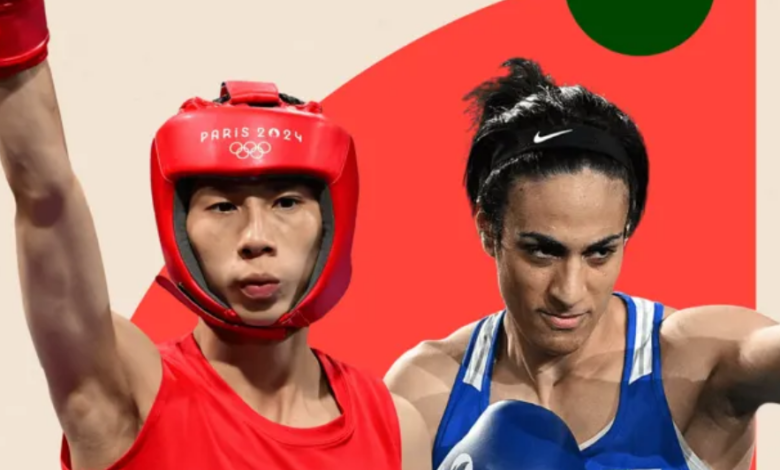
Images of the Algerian boxer Imane Khelif and Taiwan’s Lin Yu-ting on the medal podium in Paris will go down as some of the most unforgettable of the 2024 Olympics.
A frenzied debate has raged over the International Olympic Committee clearing the duo to compete in the women’s boxing in Paris, despite them having been disqualified from last year’s Women’s World Championships for failing to meet eligibility criteria.
Amid the heat, science is shedding increasing light on our different chromosomal make-ups and what advantages they may bring to sport.
But the research is ongoing and even among the experts who spend their professional lives working on it, there are differing interpretations on what the science tells us.
We do know that the process of sex determination starts when a foetus is developing. Most females get two X chromosomes (XX), while most males get an X and a Y chromosome (XY).
Chromosomes influence a person’s sex. But hormones are important too, before birth – as well as later on during puberty. While the baby is still growing in the womb, hormones help the reproductive organs develop.
However, at some point through the pregnancy some babies’ reproductive organs don’t develop in the way most people’s do.
This can be caused by conditions called DSDs: differences in sex development.
There are a group of about 40 conditions involving genes, hormones and reproductive organs that develop in the womb. It means a person’s sex development is different from that of most other people’s.
These chromosome abnormalities are rare – but they have come into sharp focus because of the boxing row at the Olympics.





